
Question More, Action Knowledge.
Remember, at QMAK, we don’t just teach; we empower. We don’t just inform; we inspire. We don’t just question; we act. Become a Gold Member, and let’s unlock your child’s full potential, one question at a time.

Self-transcendence and conservation values form the foundation of a child’s understanding of their role in preserving our shared world and caring for others.
These values help children move beyond self-interest to recognize their connection to the broader community and environment.
Through these carefully designed activities, children aged 7 and up begin to develop an ethical framework that includes responsibility for the wellbeing of others and stewardship of natural resources.
These experiences not only benefit society but also provide children with a sense of purpose and connection that enhances their own wellbeing.
Purpose: To develop environmental responsibility and an understanding of shared community spaces.

Begin with a meaningful discussion about community spaces and environmental responsibility.
Help your child understand why clean-up efforts matter:
Involve your child in organizing the activity:
Before starting, review important safety rules:
Guide the experience to maximize learning and engagement:
After the clean-up, deepen the learning experience:
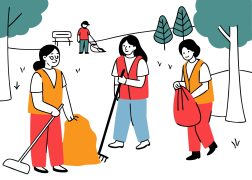
Purpose: To develop empathy, generosity, and an understanding of diverse needs within society.
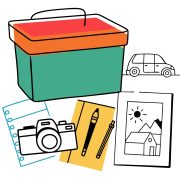
Begin by helping your child understand why charity and volunteering matter:
Guide your child in choosing where to direct their efforts:
Child-friendly causes might include:
Create a meaningful process for gathering resources or preparing to volunteer:
Turn the act of giving into a meaningful experience:
Help your child process and build on the experience:

Purpose: To develop environmental stewardship, patience, and understanding of natural systems.
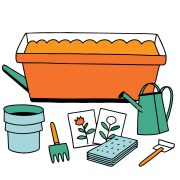
Begin by developing understanding and excitement about growing plants:
Involve your child in creating their garden space:
Child-friendly plants include:
Make the planting process a special experience:
Use regular garden care as opportunities for learning:
Complete the gardening cycle with meaningful harvest activities:
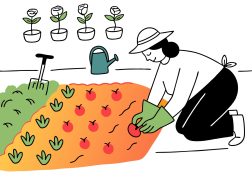
Purpose: To develop generosity, cooperation, and understanding of communal happiness.

Begin by discussing the value of sharing and cooperation:
Then prepare for the event:
Create a space that facilitates positive sharing experiences:
Guide children through different sharing experiences:
Include structured activities that require working together:
Conclude with activities that reinforce the value of sharing:

Purpose: To develop resource conservation awareness and creative problem-solving.

Begin with learning about waste and recycling concepts:
Then gather materials thoughtfully:
Help your child choose a meaningful upcycling project:
Age-appropriate project ideas include:
Guide the hands-on making experience:
Extend the impact of the project through use and sharing:
Build on the experience to deepen conservation values:

These self-transcendence and conservation activities help children develop:
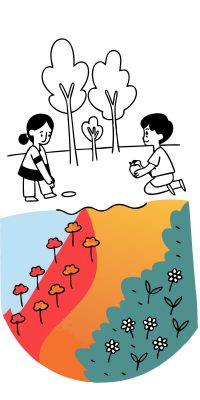
Remember that values are developed gradually through consistent experiences and meaningful conversations. Celebrate small acts of care for others and the environment, and help children make connections between these actions and their impact on the world.
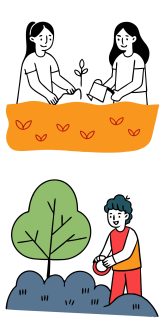
The goal is to help children develop a natural orientation toward caring for others and the environment that becomes an integral part of their identity and worldview.

Remember, at QMAK, we don’t just teach; we empower. We don’t just inform; we inspire. We don’t just question; we act. Become a Gold Member, and let’s unlock your child’s full potential, one question at a time.